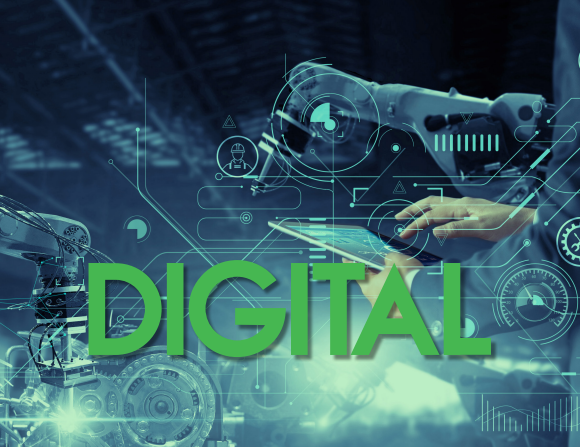On November 6, Schneider Electric and the International Economic and Technical Cooperation Center of the Ministry of Industry and Information Technology officially released "Digital Empowerment is the Time to Build Green Smart Factories - Digital Empowerment of Green Smart Manufacturing Executive Insights 2023" at the Sixth China International Import Expo ” (referred to as the “Report”). Based on an in-depth survey of 120 corporate executives, the report analyzes the core of manufacturing transformation, the development trend of green smart factories, and key issues in construction and operation.
The construction of green smart factories presents three major trends as a whole
Industry insiders said that the National New Industrialization Conference was held in late September, which regarded new industrialization as a key task to achieve Chinese-style modernization and a new engine to promote economic development. Intelligent manufacturing is the main direction to promote new industrialization. Through the extensive application of digital technologies, such as artificial intelligence, the Internet of Things, etc., it promotes the deep integration of informatization and industrialization, improves production efficiency, realizes high-level automated production of enterprises, and promotes the production of manufacturing enterprises. Paradigm shift. At the same time, new industrialization encourages traditional enterprises to upgrade to green manufacturing, build green factories, green parks and green supply chains, and improve green manufacturing and service systems.
At the press conference, Qu Xianming, member of the Strategic Advisory Committee for the Construction of a Strong Manufacturing Power and Director of the Manufacturing Research Office of the Strategic Consulting Center of the Chinese Academy of Engineering, also said: “The core of competition in the manufacturing industry is the competition in manufacturing capabilities, and the competition in manufacturing capabilities is mainly reflected in manufacturing plants. .The mainstream direction of future factory construction is the integration of green intelligence, that is, green smart factories, where intelligence is the means and green is the purpose and core."
This report found that there are three major trends in the construction of green smart factories as a whole. First of all, green smart factories have become an important feature of leading companies. 100% of the leading companies participating in the survey were rated as smart factories and green factories, far exceeding the 6% and 20% of chasing companies. It can be seen that the trend of digitalization and green integration is becoming more and more obvious. It will lead the development direction of future factories.
Secondly, among all the value demands for the construction of green smart factories, "cost reduction" and "carbon reduction" ranked the top two, respectively recognized by 66% and 46% of the interviewed companies. This means that the corporate growth model is gradually shifting from a high-energy-consuming, extensive model to a refined, intelligent and high-quality growth model, paying more attention to endogenous growth.
Finally, the future-oriented green smart factory includes six key characteristics: lean operation, green environmental protection, comprehensive perception, intelligent management and control, people-oriented, and industrial collaboration. Among them, "people-oriented" that fully respects employee experience and creativity, and "industrial collaboration" empowered by digitalization are valued by more and more companies.
According to the report, companies still face four major challenges in the construction process of green smart factories: First, strategic challenges, 56% of companies believe that the overall planning and design of factory construction is insufficient and the transformation path is unclear; second, operational challenges, it is difficult to determine appropriate scenarios and entry points, as well as high initial construction investment and long payback period; the third is technical challenges, how to leverage technology when the industry technology iteration is rapid, and the integration of business and technology is not strong; the fourth is talent challenges, how to build a A series of measures such as corporate culture are used to cultivate the comprehensive talents needed for factory construction and development and solve the problem of employees' lack of willingness and ability.
